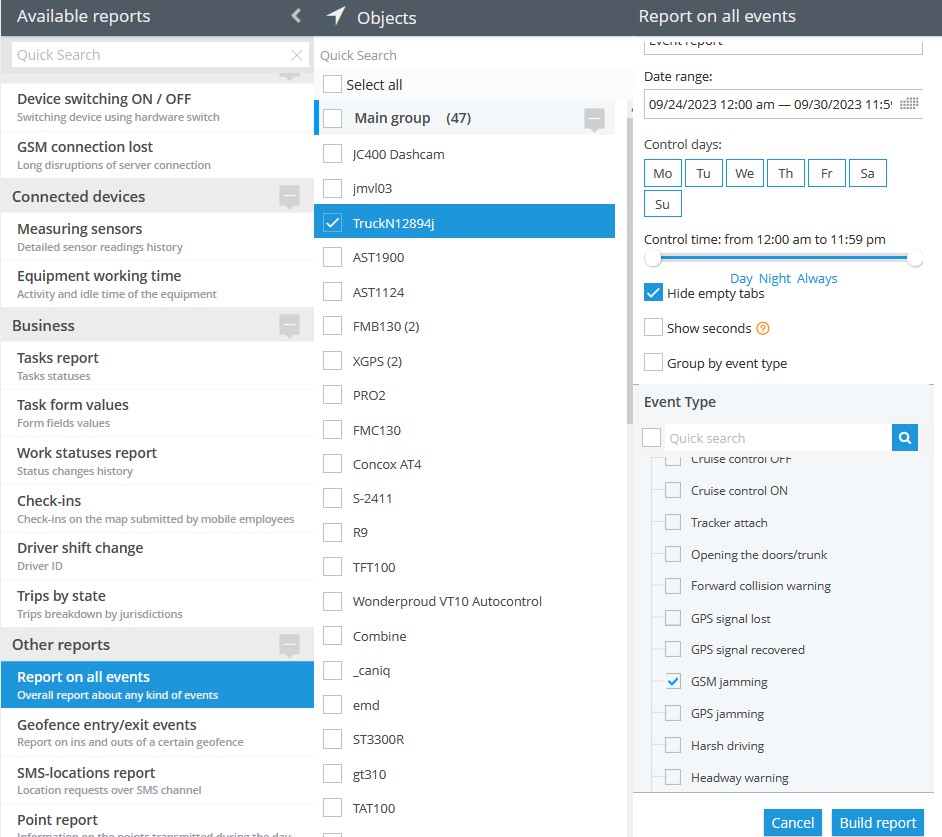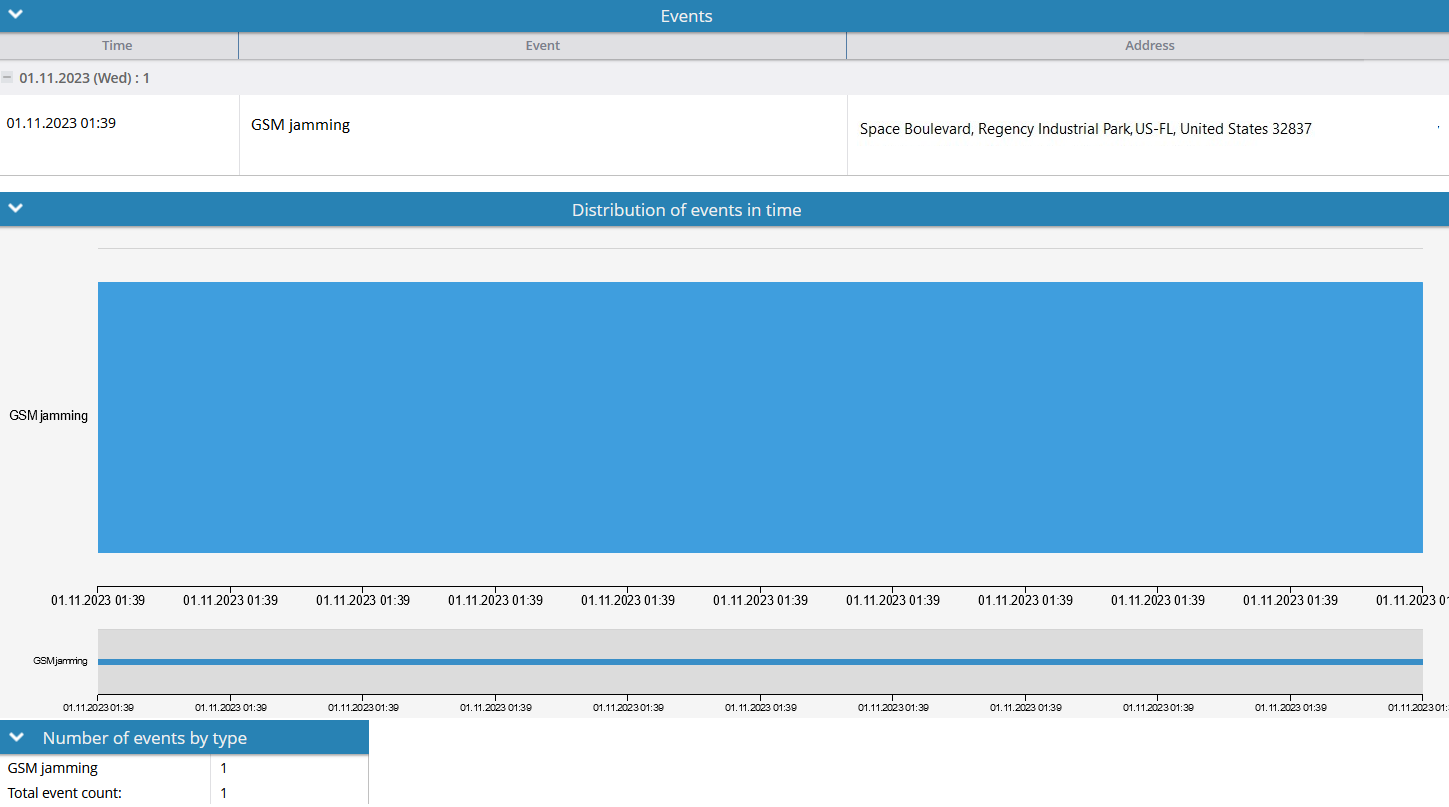Description
"GSM (Global System for Mobile Communications) jamming occurs when GSM signals, also known as mobile or cellular signals, are disrupted due to interference from nearby sources. This interference, often referred to as masking or frequency masking, affects the connectivity of mobile devices. Consequently, when GSM jamming takes place, the affected devices encounter issues with mobile services like mobile data (internet - 2G,3G,4G, LTE), text messages, and phone calls.
It's important to recognize that GSM jamming is distinct from GPS jamming. The key difference lies in the frequency bands these systems operate on. GPS and GSM operate on separate frequency bands, leading to different outcomes when jamming occurs. In the case of GSM jamming, the mobile device experiences disruptions in its cellular connectivity, rendering it unable to make or access mobile data services, send text messages, or receive calls.
Unlike GPS jamming, where the device loses GPS satellite connection and faces issues with tracking and location data, GSM jamming primarily affects data communication services. During successful GSM jamming, trackers or mobile devices may still attempt to receive GPS data. However, they are unable to transmit this data to the platform server for storage. In most cases, this data is stored in the device's memory buffer, awaiting transmission once communication is restored. The ability to recover and transmit this data depends on the device model and its configuration.
Let's consider a logistics company responsible for transporting sensitive and valuable cargo using GPS-equipped vehicles. These trackers rely on GSM signals to provide real-time location information, ensuring the safety and security of the shipments. If GSM jamming occurs, the trackers lose their internet connection, making it impossible to accurately deliver the cargo's location in real-time.
In such a scenario, having rules in place to detect GSM signal disruptions is vital for the logistics company. These rules trigger immediate alerts when jamming is detected, allowing the company to take swift action, such as rerouting the shipments, notifying relevant authorities, or increasing security measures to prevent potential theft or tampering.
Settings
As this rule is based on hardware configurations, there is not much to configure in the rule itself.
Bind zone to rule:
Enables geofence rule binding.
Geofence:
Fill out the section if the rule needs to work only inside/outside of the selected geofences.
Map button:
Shows bound geofences on the map.
Notifications
Emergency notification:
is used for important events. A message on the screen and the sound signal can only be disabled by clicking on the notification. Please note, some browsers can block notification sound until user activity is recorded on the page.
Push notifications:
Receive push notifications on the mobile app and web interface.
Add geofence name to the notification:
Adds names of the specified geofences to the notification text. This option is available only when the "Inside" geofence binding radio button is selected on the "Settings" tab.
SMS notifications:
List of recipients for SMS notifications when the event occurs.
Email notifications:
List of recipients for email notifications when the event occurs.
Schedule
Set a schedule for when the rule will run. If your schedule indicates that the event should not run some day or time period, it will not appear as a notification in the user interface, and notifications via SMS or email will not be sent. Additionally, you can choose a default template for quick scheduling.
The platform specifics:
- The "GSM jamming" alert has a 5-minute reset timer, meaning the alert event will not occur more often than once every 5 minutes. If this type of event occurs in time the rule has been waiting for the reset, this event will be omitted by the platform, including the reports.
- In this rule type, users have the flexibility to select multiple trackers which they wish to receive notifications from. The only requirement is that the selected trackers must support GSM jamming disconnected events and the feature must be integrated on the platform for given trackers. This means that users can choose multiple compatible trackers to receive notifications from, allowing them to monitor harsh driving events across various vehicles or devices in a convenient way.
- Whenever the platform identifies a hardware event of this type from a packet of tracker data with no valid coordinates in it, the platform counts the event as a valid one and displays it regardless of whether the event occurred within or outside the bound geofences. The logic of the Inside/Outside radio buttons is also ignored in this case. This behaviour is due to the fact that showing a controversial event once more is better than omitting it
Event reports
To view the dates when the events were received, you can build the "Report on all events" report.

